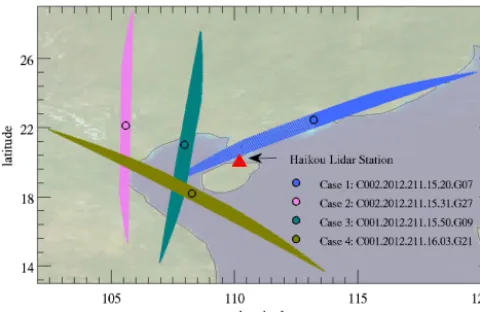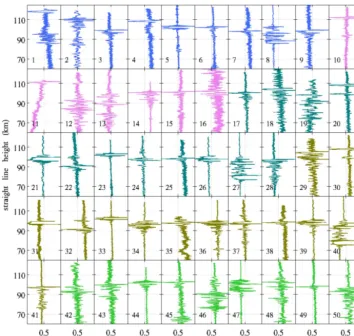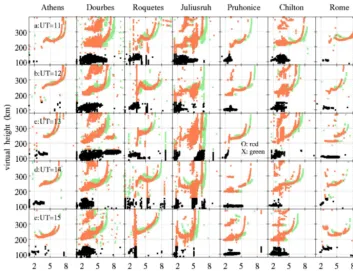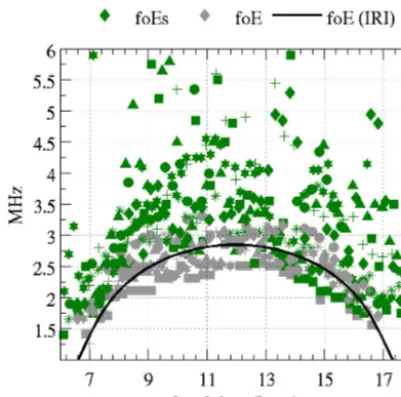Case study on complex sporadic E layers observed by GPS radio occultations
Full text
Figure
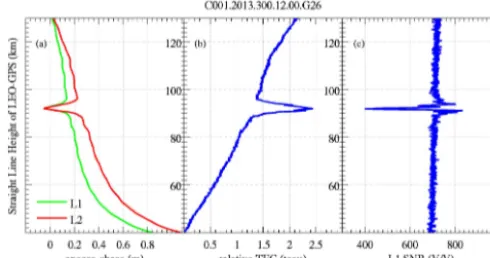
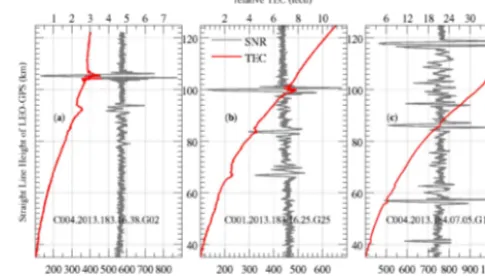
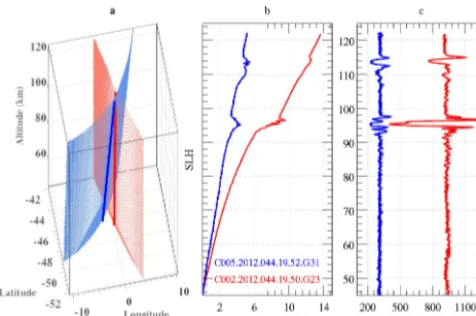
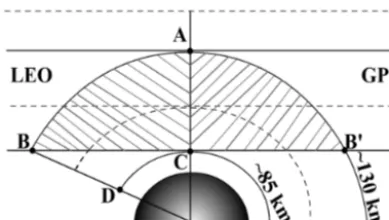
Related documents
Total phenolic contents and total flavonoids contents varies among all the bacterial extracts respectively in which Bacillus subtilis showed high phenolic contents 243 µg/mg
In the present study, we compared HD and PD patients who were receiving maintenance dialysis in the Mackay Memorial Hospital (Taipei, Taiwan) to identify the prevalence and risk
A proportional odds model was used to investigate the association between gestational weight gain and infancy weight gain rate (rapid or extremely rapid, on-track, or slow),
To develop estimates of the incidence and health burden of earache directly attributable to swimming in natural waters, we used data from over 50,000 beachgoers enrolled in the
includes instances where health and environmental ‘ goods ’ are associated (active travel and low emissions); where health and environmental harms are associated (overweight or
The increases in IL-4 and MyoD protein expression observed in the EDL may be related to increased activation and prolif- eration in stem cells after exhaustive exercise, which
Results: Mice fed a HFD and treated with the SL extract demonstrated a significant reduction in hepatic lipid accumulation and mRNA and protein levels of
In addition to broadly accepted risk factors for poor functional outcome we found that lack of PA prior to stroke, high leukocyte count at admission and probable atherothrombotic
